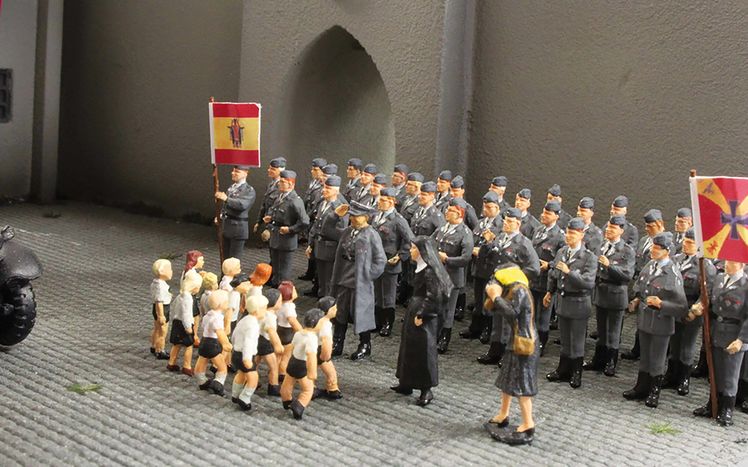1848 - 1910
The castle is used as a university, which reflects the importance of education for all citizens a. A middle-class society has developed; old social barriers become more and more permeable and occupational barriers are falling. People live with high hopes for freedom and democracy.
Industrialization
Parallel to the changes in social currents, there’s the rapid industrialization, and agriculture is disappearing virtually altogether. The gap between the poor and the rich is obvious. Laborers are starting to organize themselves and dare to revolt despite of restrictions like, for example, censorship and the prohibition of “Workers’ Newspapers”.

















